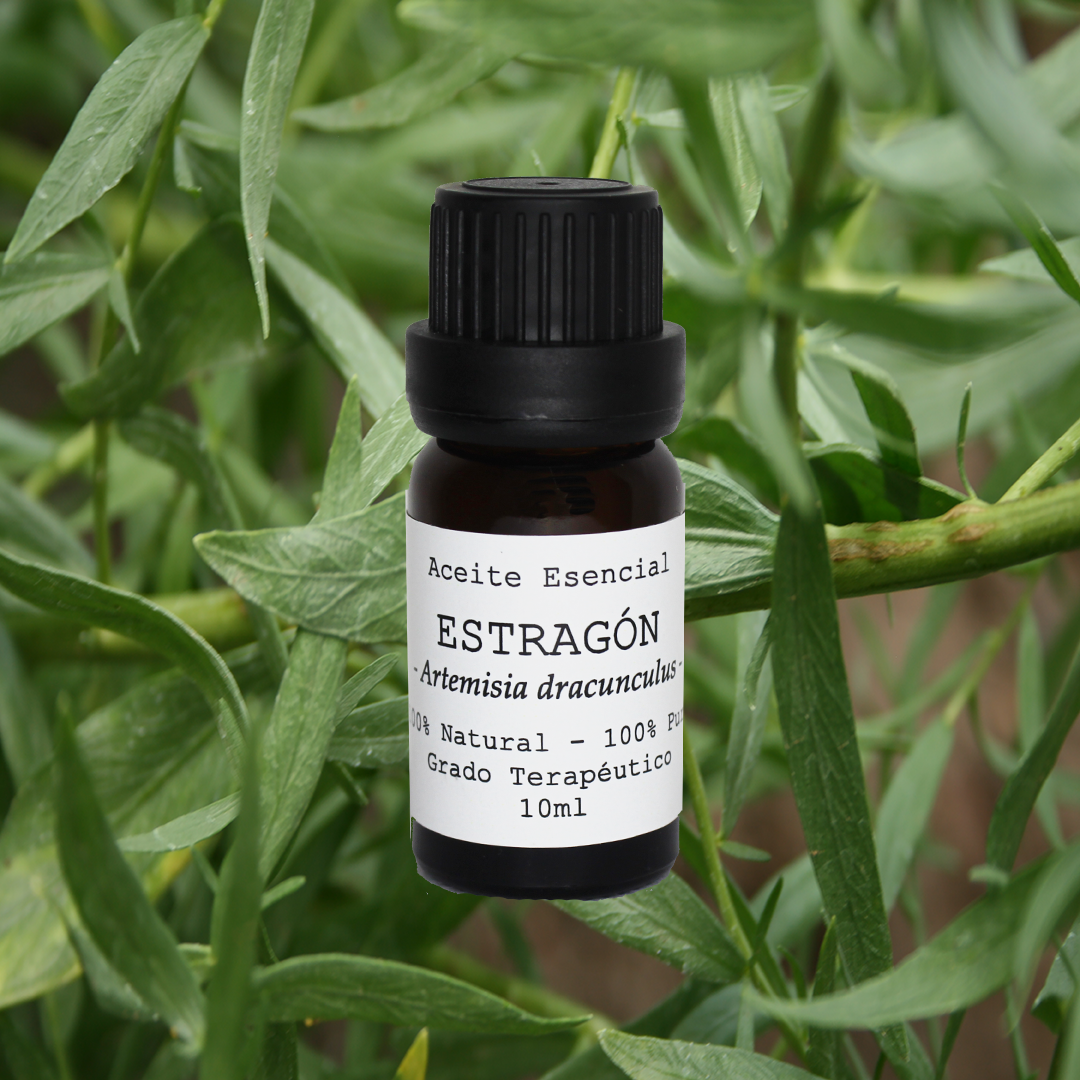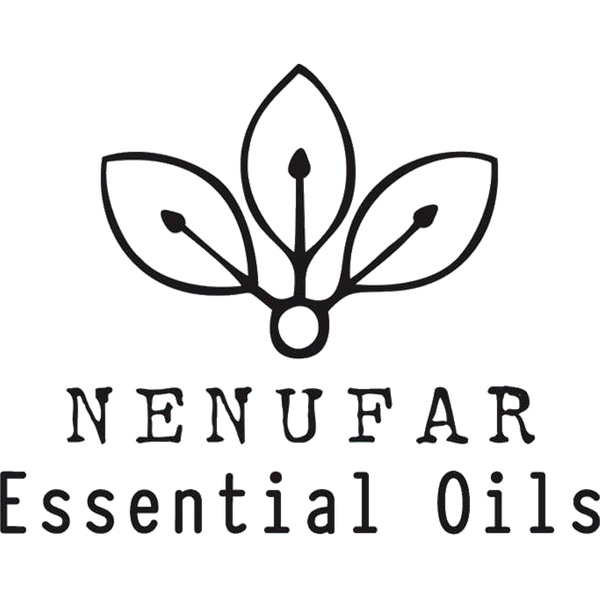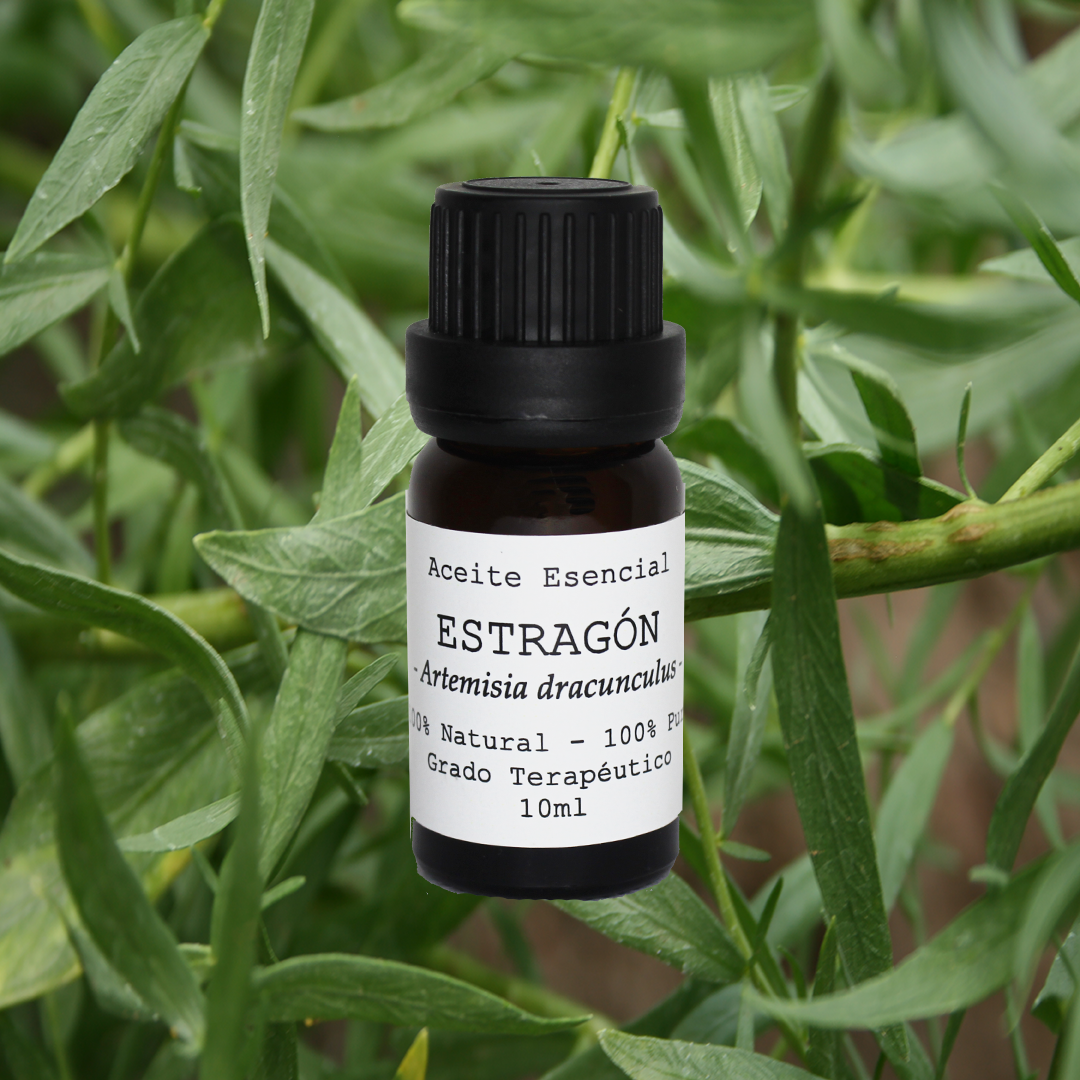Nenufar Essential Oils
TARRAGON ESSENTIAL OIL
TARRAGON ESSENTIAL OIL
Couldn't load pickup availability
Scientific Name: Artemisia dracunculus
Botany: Tarragon belongs to the Asteraceae family, this shrub that reaches one meter in height, only blooms in warm climates, from May to June, it has numerous highly branched stems, its annual leaves are narrow, smooth and shiny.
Origin anf History: Originally from the Middle East, traditional Arab medicine already used tarragon for its powerful antispasmodic properties, also called "Dragon herb", because it cured snake bites, could calm the internal fire, sorcerers attributed magical powers to it and used it against Hexes also used it to treat toothache and due to its wide use and properties, the Arabs used it to treat plague and cholera.
Aromatic Biochemistry:
methyl chavicol, alpha and beta ocimene, anethole
Therapeutic Properties: Anti-inflammatory, antispasmodic, antifermentative, antiallergic, stomachic, aperitif, carminative, mental stimulant.
Therapeutic Uses: Dyspepsia, flatulence, colitis, hiccups, spasms, spastic cough, allergic asthma, muscle cramps and contractions, dysmenorrhea and gynecological spasms, spasmophilia.
Energetic Aromatherapy: Linked to the sacred Svadhisthana Chakra, its color is orange, its element is water.
How to Use:
- By Diffusion: 5 to 10 drops in a diffuser of your preference.
- On the Skin: 5 drops of essential oil + 5 drops of vegetable oil for muscle cramps.
- Oral Administration: 2-3 drops mixed with honey, after every male, it helps for digestion or against flatulence.
Employment Precautions:
Flammable. Oral use for medical indication. Keep out of the reach of children. Avoid contact with the eyes. Not recommended for children under 3 years of age, and pregnant or lactating women.
The information indicated on essential oils through this website is only for informational purposes. We recommend consulting with your physician or certified therapist.
Share


